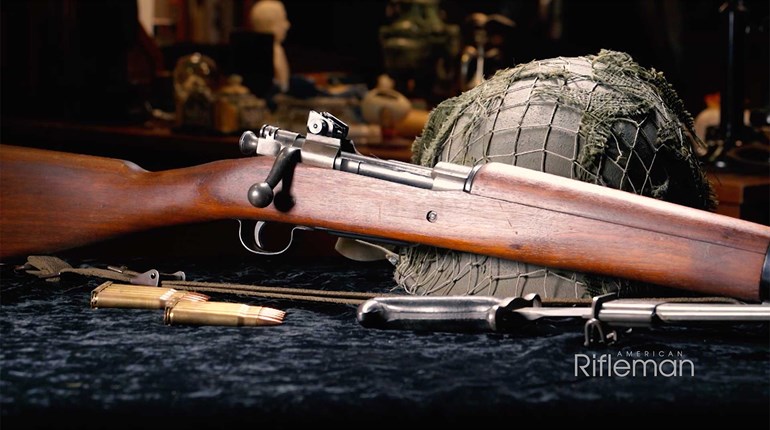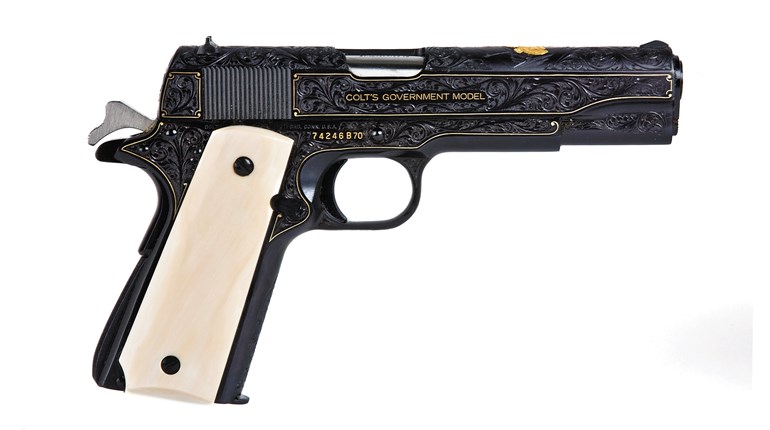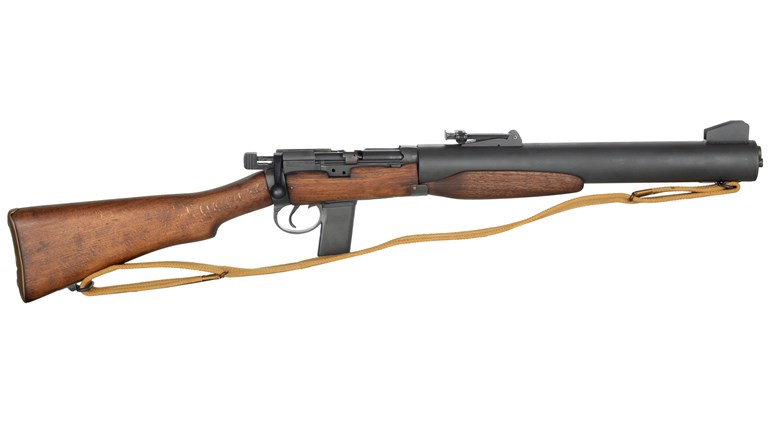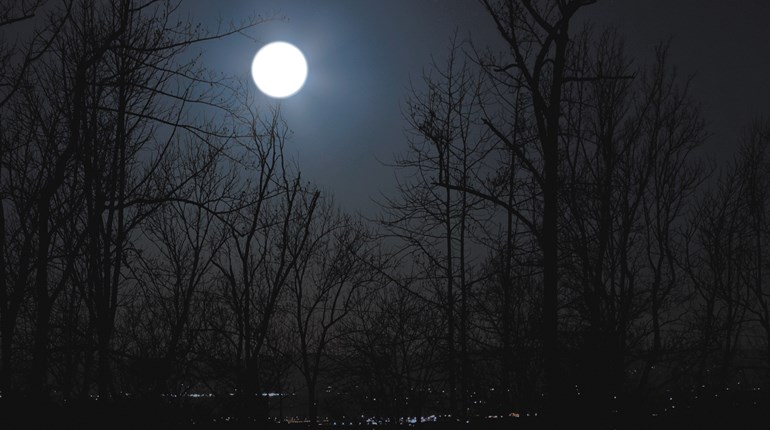
The Johnson Light Machine Gun showed up in a number of surprising places, like in Italy in 1944 with select elite units.
Almost 40 years ago, I wrote a story about a special class of guns much beloved by the Marines of the 2nd Parachute Battalion. As a matter of fact, the story concerned several special battalions of the USMC and the special firearms they steadfastly insisted they had to have. Much of my information for the story came from conversations with my commanding officer, who was a veteran of wartime service with the 2nd Parachute Battalion. Just as the monster that was World War II began to appear over the horizon, it became obvious that the Marines would be fighting on the thousands of Pacific islands, and it was certain that the enemy would be the tough, experienced soldiers of Imperial Japan. Sometimes, the battles would be small—on a little island with a radio station or other facility. Other fights might be in places big enough to require thousands of troops. In addition to regiments of conventional infantry with artillery in support, the Marines formed small battalions of raiders and parachute-infantry troops. In the case of the parachute Marines, the plan for their use included dropping the men at low altitude right on top of the enemy defenders.
Quite understandably, the parachutists wanted guns that could be rapidly deployed. The common infantry rifles could be used, but they were heavy and fairly slow to get into action. A series of ideal firearms did exist, however, and were developed by a U.S. Marine. Melvin Johnson, a Marine reserve officer, designed, developed and also manufactured a battle rifle as well as a light machine gun. Incidentally, the Johnson light machine gun (LMG) has more in common with the BAR than does the Browning LMG. More importantly, the Johnson is pounds lighter than either of those Browning products. The Johnson LMG, made in Johnson’s New England plant, was used by various U.S. military and allied units during and after World War II. This situation continued well into the 1950s.
Although the parachute Marines were strong advocates of the Johnson guns, they were never officially issued them. Politics entered the picture, with people in high places lobbying for these “special” Marines to be equipped with the same guns as the rest of the Marine Corps. This all happened in the immediate pre-war period. Nonetheless, Johnson was able to stir up considerable interest in his products internationally, and that included Dutch interest—they wanted a quantity of the Johnson guns for defense of the Dutch East Indies. The guns were ordered, made and delivered to a Dutch shipping company in San Francisco. American involvement in World War II began with a bang at Pearl Harbor, but we tend to forget that the Dutch East Indies (with its rich oil fields) were taken in a matter of days after Dec. 7, 1941. The Johnson shipment was impounded, as there was no longer anyone in that Dutch colony to ship them to, apart from the now-enemy Japanese occupying forces. Furthermore, legend has it that those Johnsons were locked up on a railroad siding in Northern California.
Meanwhile, in southern California, the 2nd Parachute Battalion, Fleet Marine Force, Pacific was training hard for its deployment to the Solomon Islands. As stubborn as only good Marines can be, the entire battalion continued to lust for the .30-caliber treasures crated-up in a boxcar a few hundred miles north. A carefully executed search of the records of the 2nd ’Chutes would not disclose the absence (with or without permission) of a dozen or so Marines for a few days. In similar fashion, several G.I. trucks were nowhere to be seen. Curious phenomenon.
When the roughneck Marines of the 2nd Parachute Battalion did finally deploy to the mysterious Northern Solomon Islands, other units noticed its unusual armament. This included a light machine gun with a 20-round magazine that stuck out to the left and a rifle with a 10-round, internal, rotary magazine. No one present could properly account for their use.
I learned of this interesting chunk of Marine Corps history over an informal supper at my commanding officer’s quarters. It was sometime in the fall of 1959 at Pickel Meadows. My host was a veteran of the 2nd ’Chutes—and much more. He was steeped in the lore of the Johnsons, including the raid in which a squad of his company added to the firepower of a U.S. Navy PT Boat. They put about 10 Marines proned out on the deck of that gunship. He also showed me a much-abused Johnson picked up on one of the Chosin reservoir battlefields. It is anyone’s guess how a Chinese soldier in 1950 would find such a gun—or how the Colonel got it home.
From the time I entered the Corps in 1957, I have been fascinated with its history, characters, weapons and battles. On the 10th of November of that year, I attended my first Marine Corps Birthday Ball. This is a storied traditional, formal affair. The walls of the hanger were decorated with the retired colors (flags) of Marine units no longer in existence. We were sitting beneath the colors of the aforementioned 2nd Parachute Battalion. My date (quite a memorable and pleasant young lady from nearby Mary Washington College) wanted to know what this was all about.
I said, “It is about fighting Marines ... and their fightin’ iron.”





































